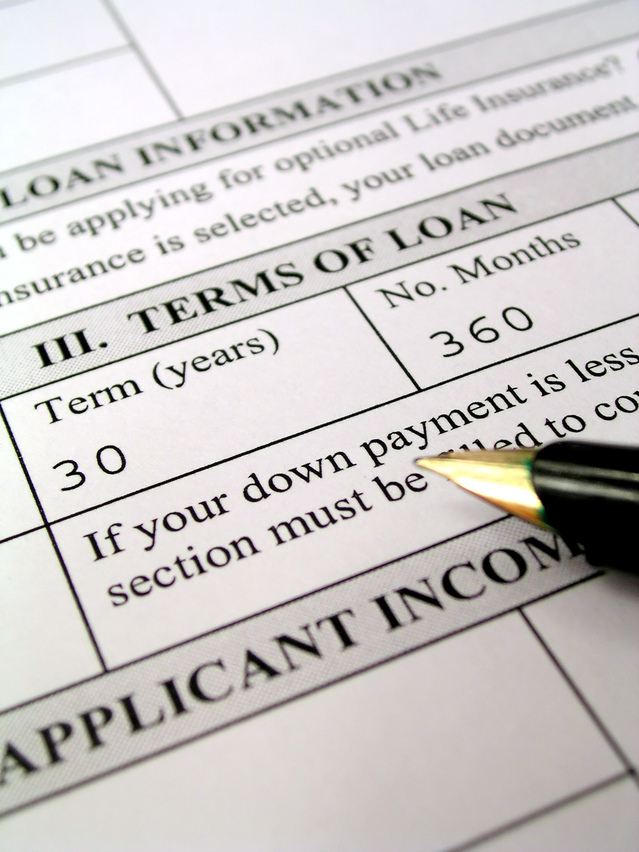A common question we are often asked by potential clients is: “If I have fallen behind on my loan modification, can I get another modification?” At the Law Offices of David I. Pankin, P.C., we carefully review the four options that generally present themselves in this situation.
Keep The Modification You Have Using Chapter 13 Bankruptcy
Instead of attempting to obtain a new modification, the best option may be to keep the existing modifications the borrower already has. This option can be obtained through Chapter 13 bankruptcy. By filing a Chapter 13 bankruptcy petition, a homeowner can keep their current modified mortgage payment and interest rate while paying back arrears over a five year payment plan. In this scenario, the borrower must show that they are able to afford their monthly modified mortgage payment, their living expenses, plus their Chapter 13 payment plan. If successful, the homeowner will be able to retain their property with the existing modified payment and interest rate, and be able to prevent or settle a foreclosure lawsuit.
We find that a Chapter 13 bankruptcy is typically a much better option than getting a forbearance through the lender. The forbearance needs to be approved by the lender and requires a significant deposit with the balance typically paid over 6 months. In addition, in a Chapter 13 bankruptcy, you will avoid uncertainty cost of defending
Loss Mitigation In A Chapter 7 Bankruptcy Proceeding
Sometimes it makes more sense to discharge a homeowner’s unsecured debt in a Chapter 7 bankruptcy case and request loss mitigation in the bankruptcy court. The borrower would have the benefit of having their unsecured debt discharged and hopefully would then be able to afford a monthly mortgage payment again. In this process, the debtor files a request to enter the Bankruptcy Court’s loss mitigation program. The lender will then be required to offer a new loan modification application to the debtor. During the process, the debtor and their attorney, plus the bank’s attorney’s would then meet with the bankruptcy judge assigned to the case, who would oversee the progress of the request for a new modification. The loss mitigation process in Bankruptcy Court is generally a faster and more rigorous undertaking compared to the Foreclosure Settlement Part in New York State Court (which is discussed below). The benefit to going through this process in bankruptcy is that you have a bankruptcy judge overseeing the process to make sure the lender is acting in good faith.
Obtain A New Modification By Applying For A Second Modification
If filing for bankruptcy is not an option, we also evaluate whether the borrower can apply for a new a Home Affordable Modification Program (HAMP) or in-house modification. Unfortunately, there may be restrictions on reapplying for a new modification. The restrictions depend on the type of loan modification you defaulted upon as well as whether your servicer is participating in the HAMP program.
In 2009, the federal government introduced the HAMP program to help homeowners avoid foreclosure with the goal of keeping them in their houses. These initial HAMP modifications are now referred to as HAMP Tier 1, because on June 1, 2012, the Obama administration expanded the original HAMP program and eliminated some requirements (e.g. requiring property be owner occupied). The expanded HAMP program is referred to as HAMP Tier 2. Under the new program, borrowers who were previously ineligible for a HAMP Tier 1 modification could potentially qualify under the new HAMP Tier 2 program.
A borrower can reapply for a HAMP Tier 1 modification, provided they never made a first payment under a HAMP Tier 1 trial modification and they can prove one of two things: (1) the servicer miscalculated their income resulting in a trial payment that was at least 10% higher than it should be, or (2) if the borrower can show a change in their circumstances since the previous HAMP trial was offered.
If a borrower defaulted on HAMP Tier 1 modification, they can apply under HAMP Tier 2 if twelve months have passed since the default. Unfortunately, if a borrower defaulted on a HAMP Tier 2 modification, they will not be eligible for another Tier 2 modification. However, if you fail to make the initial trial payment under HAMP Tier 2, you may be considered for another HAMP Tier 2 modification if you can demonstrate a change of circumstance.
If a borrower is ineligible for a HAMP Tier 2 modification, they may still qualify for an in-house modification from their servicer. Qualifications for an in-house modification vary between servicers, and they generally do not offer terms or interest rates as favorable (to borrowers) as HAMP modifications.
Loss Mitigation In The Foreclosure Settlement Part Of The New York Supreme Court
Another option that could be available when a borrower is in default on their modified mortgage and a foreclosure lawsuit has been filed against them. As soon a debtor is served with a summons and complaint it is imperative that they file an answer with the court in order to protect their rights and preserve their defenses. Filing an answer, keeps the borrower out of default and can improve their chances when opposing a summary judgment motion. In New York, before a residential foreclosure case can proceed through the court system, it is mandatory for the case to be transferred to the Foreclosure Settlement Part.
Once in the Foreclosure Settlement Part, the homeowner or their attorney can meet with a court-appointed referee or judicial hearing officer along with an attorney representing the bank. The borrower and the lender will attempt to work out a new modification, under the supervision of the Court. The borrower will then be required to submit a brand new loan modification application. The bank will review the submission and request additional documentation if necessary. If the bank is able to modify the loan, the borrower will generally enter a three month trial plan.
If the trial is successful, the lender will then make an offer to permanently modify the mortgage. Once the loan modification is executed, the foreclosure lawsuit would be deemed settled. One concern of note here is that if the borrower is unable to obtain in the Foreclosure Settlement Part, the bank may argue that the previous modification resolved any standing issues, making it much hard to oppose a summary judgment motion.
If you have any questions about reapplying for a modification, feel free to contact the Law Offices of David I. Pankin, P.C. at 888-529-9600 or use our easy online contact form.






